Magazines list (45)
Sort:
Imagined Identities
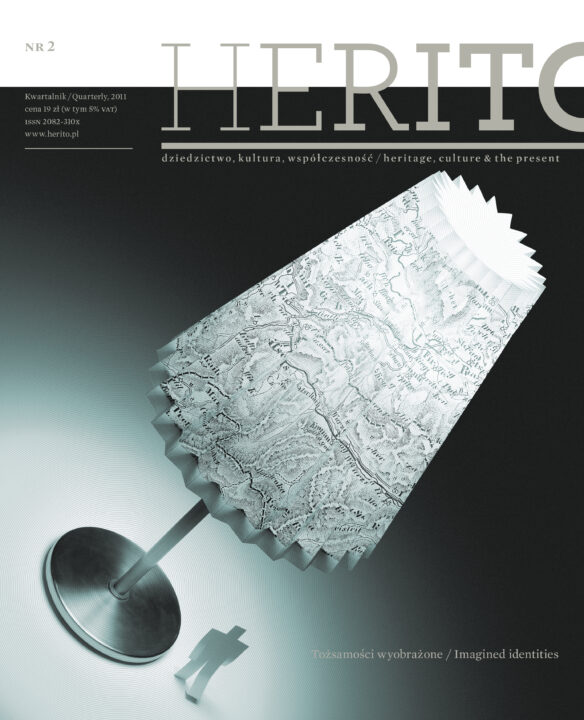
Imagined communities, called thus by Benedict Anderson, revealed the principle of nation-building, namely inculcating an image of a translocal community to which people belong.
Premiere:2011
Invisible places

Invisibility is not an empty concept or a neat rhetorical device from the margins of Italo Calvino’s book, but the lived experience of Central Europeans.
Premiere:2021
Kharkiv
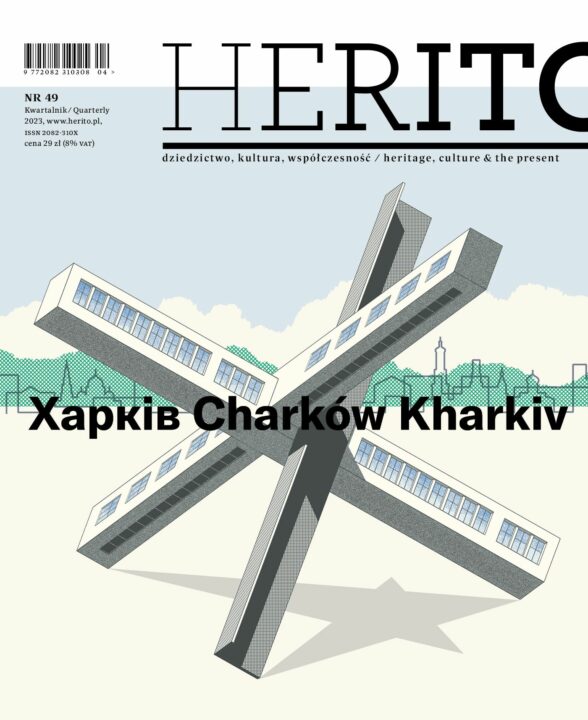
In the Kharkiv-themed issue of Herito, we delve into the history of the city, we ask about its Ukrainian DNA, which was so clearly manifested after the Russian invasion a year ago, we check what makes it unique. We show the tangible and intangible heritage of the city, which we often looked at before through the lens of stereotypes fuelled by foreign propaganda.
Premiere:2023
Krakow and the World
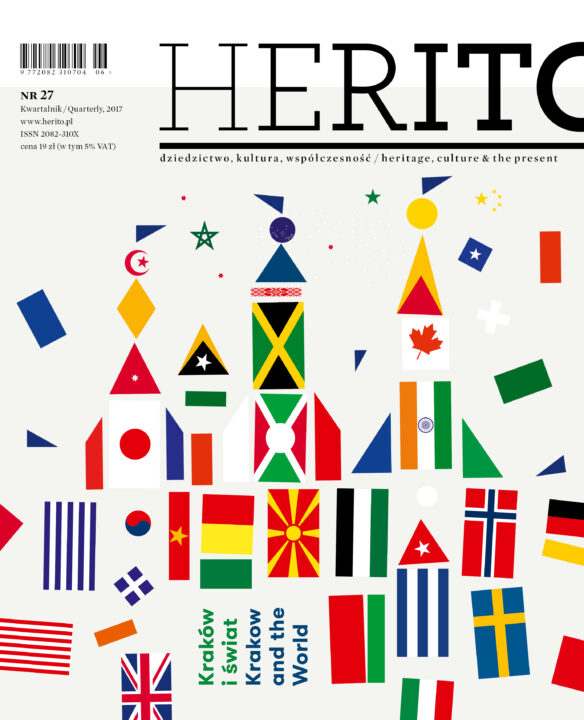
The International Cultural Centre sees its mission and udertakings as founded on what is labelled as cultural heritage, namely using the elements of the past so as to serve present and future goals. The city understood as a mirror of civilisation – let’s take Krakow as an example – was always at the core of this way of thinking. That is why we believe that the debate on the nature of the city as well as the transformation which Krakow has undergone is crucial.
Premiere:2017
Lithuania
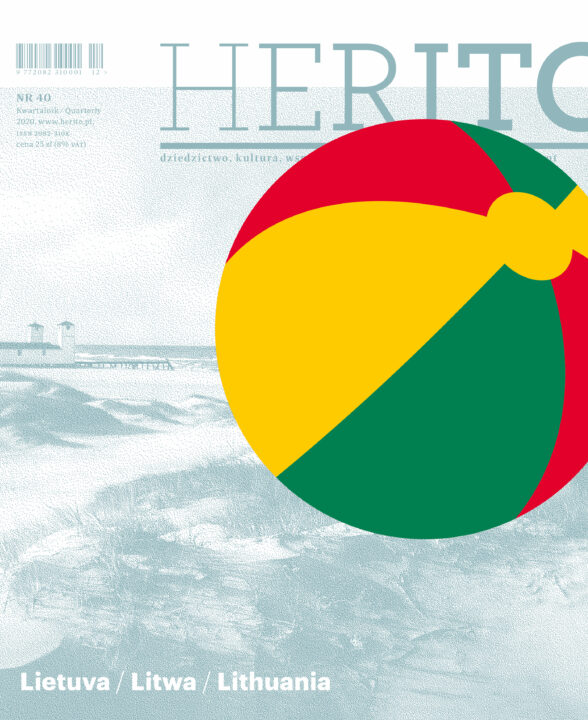
In spite of the stereotypes established in Poland – those of the pagan Lithuanian forest or the tropes of Mickiewicz and Miłosz – the authors look at Lithuania from an unusual side, from the sea. That is why they write more about the Curonian Spit, Palanga, Nida and Klaipeda. Having reached Vilnius, they suggest a different journey – in search of less known monuments than those along the beaten track to the Gate of Dawn, choosing Jan Krzysztof Glaubitz, Wawrzyniec Gucewicz and Mikalojus Vorobjovas as their guides.
Premiere:2021
Magical socialist realism?
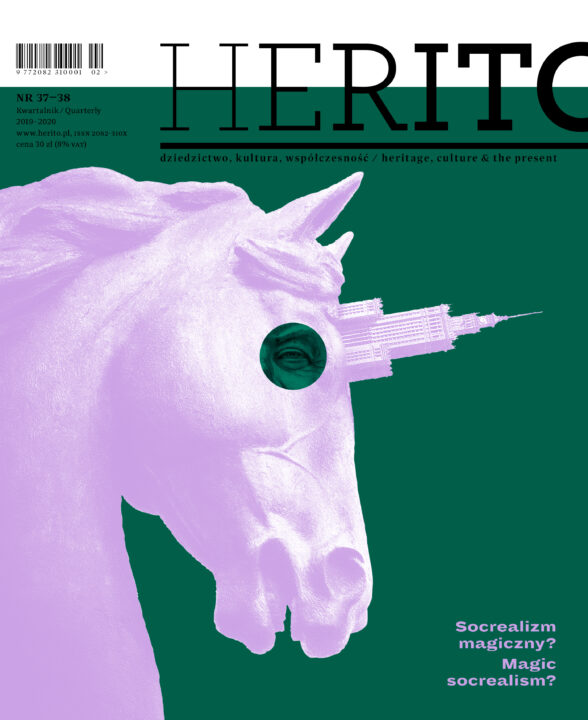
Socialist in content and national in form – these were required features of art and architecture made under the doctrine of socialist realism. Today, in Central Europe, the relics of socialist realism evoke unambiguously negative connotations. Fifty years on, are we able to look at them without these emotions? Which works have stood the test of time? Magical socialist realism – a joke or a hypothesis?
Premiere:2020
Memory of the Reformation
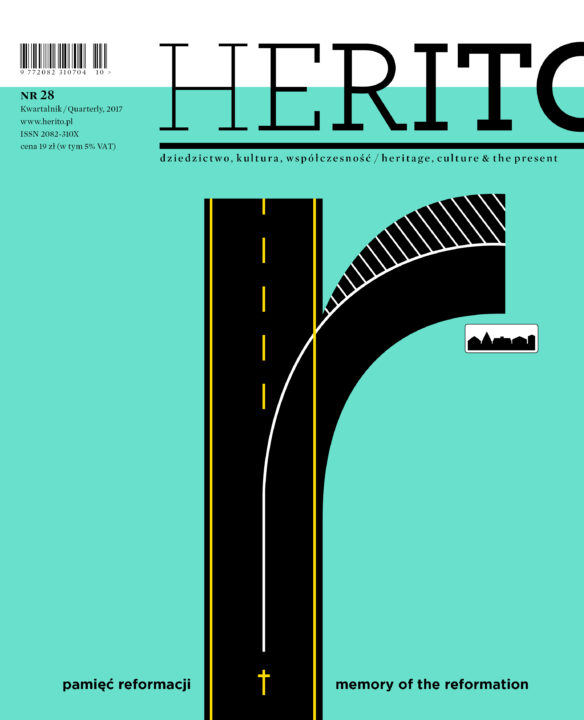
On 31 October 1517, an Augustinian friar and professor of theology, Martin Luther, attached to the door of the castle church in Wittenberg his 95 theses that addressed the abuses of the Roman Catholic Church. Was this event crucial for the development of our concepts of individual freedom and human rights? Would capitalism ever be conceived without the protestant ethos? What was the role of Reformation in the shaping of modern Central European nations? These questions are tackled by authors featured in the 28. issue of “Herito” quarterly.
Premiere:2017
Nations - History and Memory
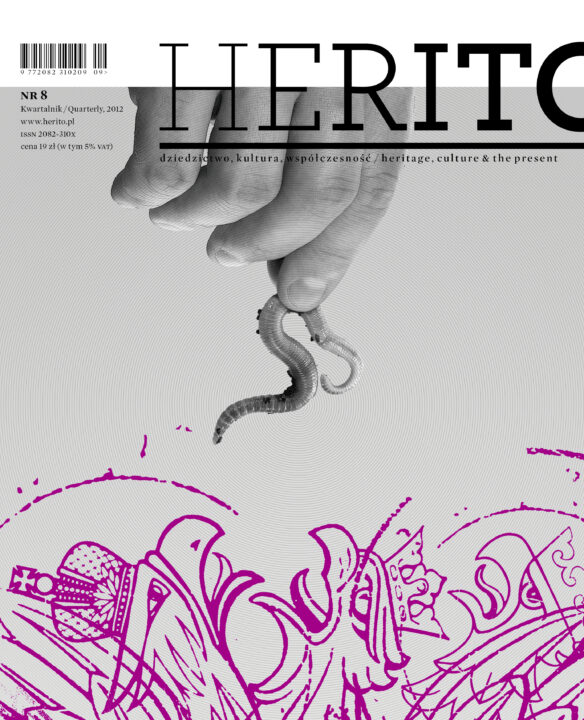
If today is as much a mosaic of nations and their histories as a social tissue of their individual memories, families, milieus and institutions, the sphere that has emerged between them appears to be an area of tension and often conflicts. What kind of conflicts? Whose conflicts? Who and for what purpose do memory and history now serve? These are some of the questions that run through this issue, and the review of opinions it publishes opens with Miroslav Hroch’s question: What does Europe still need a nation for?
Premiere:2012
Nations and Stereotypes
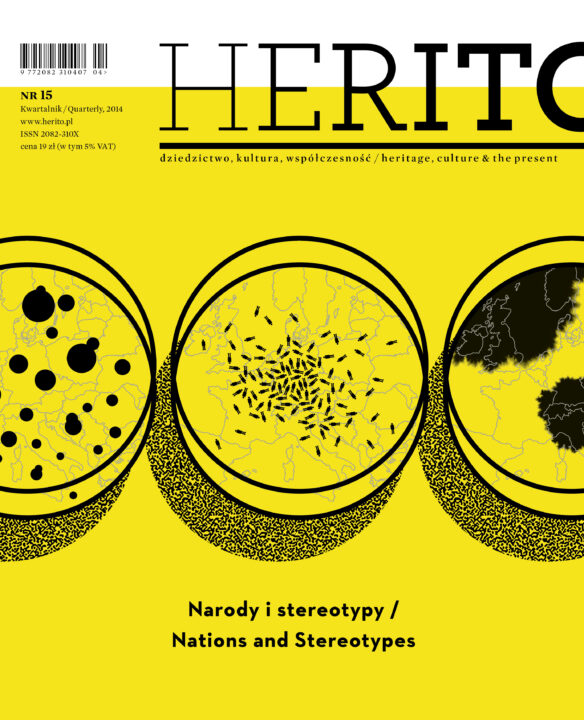
History teaches us that international relations are strongly contingent on our representations of others. Even if the beliefs we live by do not find corroboration in reality, we are reluctant to discard stereotypes or prejudice, which Ambrose Bierce called “a vagrant opinion without visible means of support”.
Premiere:2014
Patterning. Design in Central Europe

Does Central Europe have a distinctive design? In the countries of our part of Europe – which in the last 150 years have experienced constant political, ideological, class, and cultural transformations – design reveals surprisingly many common features.
Premiere:2016
Romani Culture in Central Europe
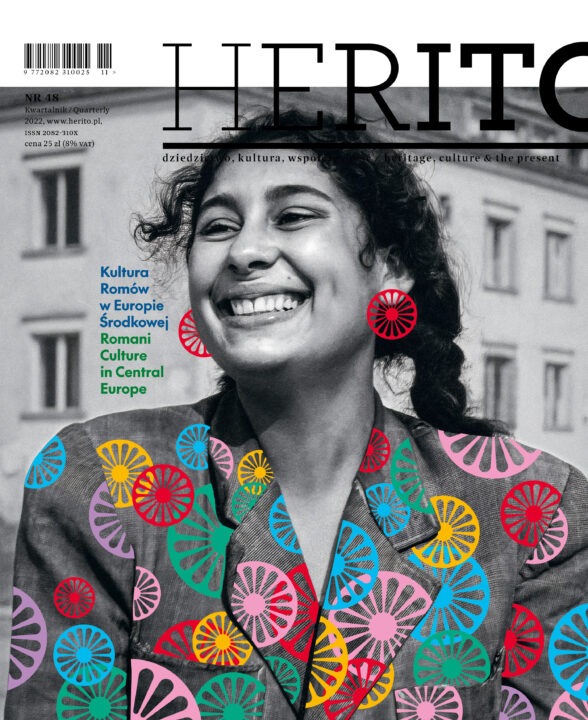
In this HERITO, we look at the history of the Roma, but above all at their present, and especially at how “Romaness” in its broadest sense manifests itself in the architecture, culture and art of our part of the world.
Premiere:2022
Rumunia - Romania - România

Romania is a paradoxical country. Although the long 19th century was very kind to it – the young country entered the European arena and quickly acquired an esteemed position – the short 20th century did not spare it in any respect. Trapped between fascism and communism, Romania had chosen the lesser of two evils. Decades in the shadows of “The Sun of the Carpathians” turned out to be the worst years of all. A sad country, full of humour” – George Bacovia’s prophetic words from the 1930s came true in excess.
Premiere:2013
Silesias
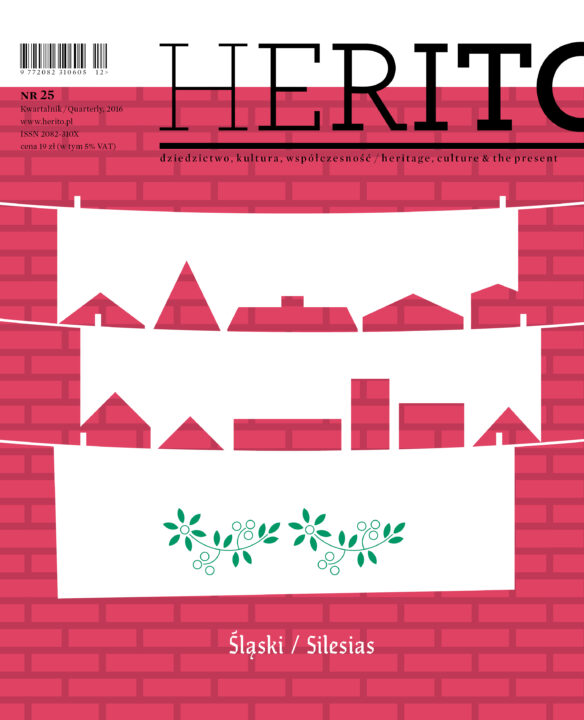
Silesia has a multiplicity of faces. Besides the name, it is difficult to find a common denominator between Lower and Upper Silesia or Cieszyn and Opole Silesia. The multidimensionality of the region has not been determined only by its three formative cultures: Polish, German and Czech. Other important contributors have been two great Christian traditions, Catholic and Protestant, to this day engaged in an intense dialogue with each other.
Premiere:2016
Słowacja - Slovensko - Slovakia
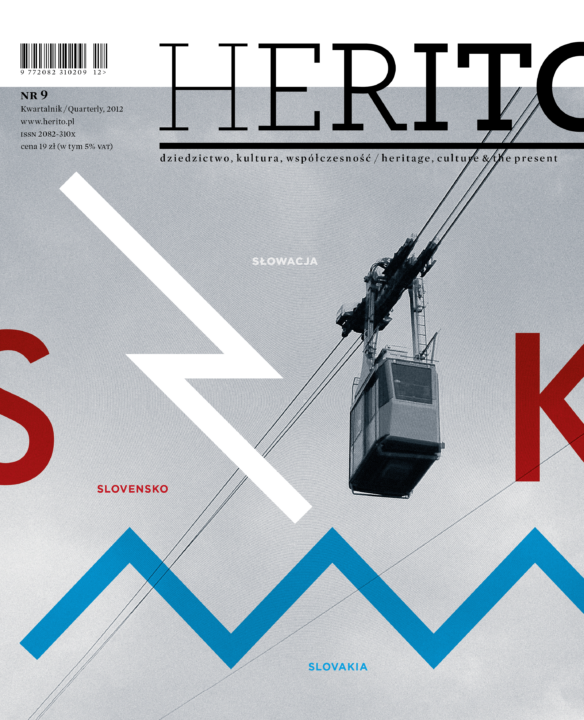
Our main focus is both the past and the present of the Slovaks which is reflected in their culture and identity. On clear days we can see from our office windows the massif of Babia Góra on the horizon; working on this issue we wished to make Slovakia and its culture not only equally visible to but also better understood by its closest and more remote neighbours.
Premiere:2012
Spirit of Georgia
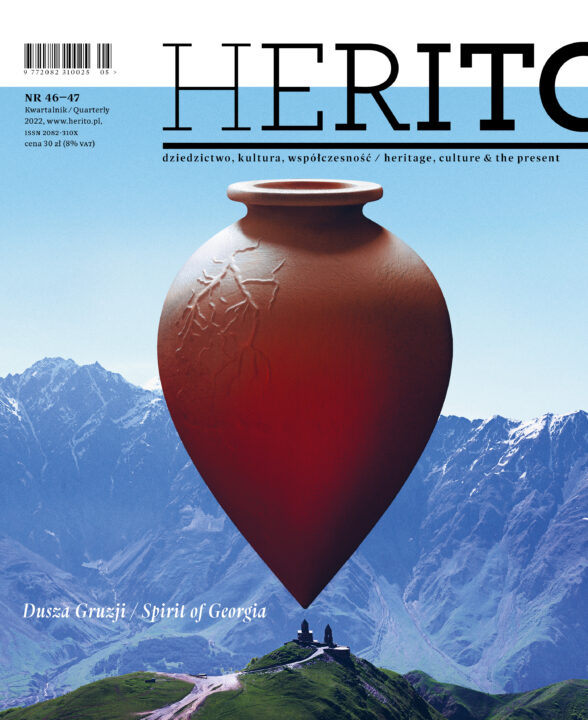
Archaeological research conducted in Georgia, in the ancient region of Colchis, confirms 3400-year old, uninterrupted existence of the city of Kutaisi. According to Greek mythology Colchis – a dangerous land, inhabited by witches and dragons – is the place where the Argonauts, led by Jason, travel to find the Golden Fleece. Georgian culture dates back to ancient times, but we as Poles know very little about it.
Premiere:2022
Stories From Countries Which Are no More

In 1989 Poland bordered three countries. Just a few years later none of them existed. During this memorable autumn Milan Kundera’s dream was being fulfilled: that the countries from our part of Europe return from the East, where they wrongly found themselves, to where they should be – if not in the West then at least in the Centre.
Premiere:2012
Symbols and Clichés
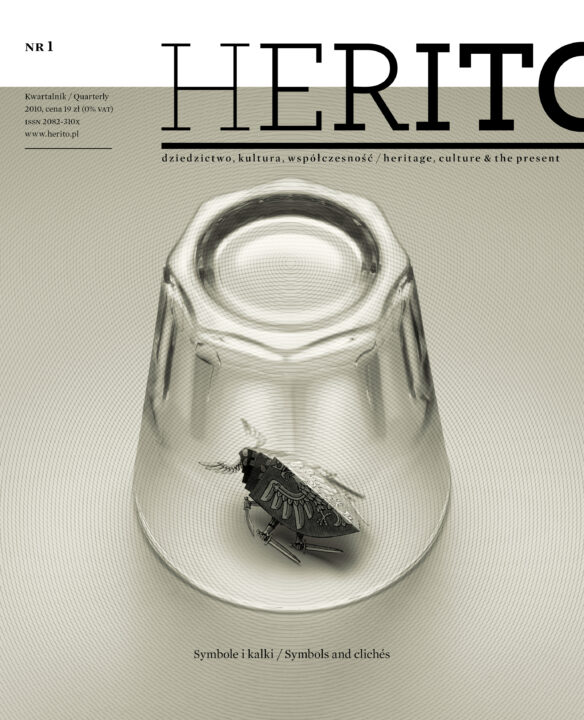
In the first issue, entitled Symbols and Clichés, we give a critical airing to notions connected with national ideologies and political myths and their functions, and look also at their various reflections in art, architecture and the landscape.
Premiere:2011
The Balkans Transformed

Do the Balkans still have, as Churchill suggested, “more history than they can stomach”? Are they still the “European Orient”, or a noble buffer zone? What is the condition of literatures of Balkan “smaller languages” and wherein lie their hopes? Or perhaps the old Balkans are no longer there, while its nations are merely stronger or weaker narratives? These are among the leading questions posed in the 30th issue of “Herito” quarterly.
Premiere:2018
The City and the Museum
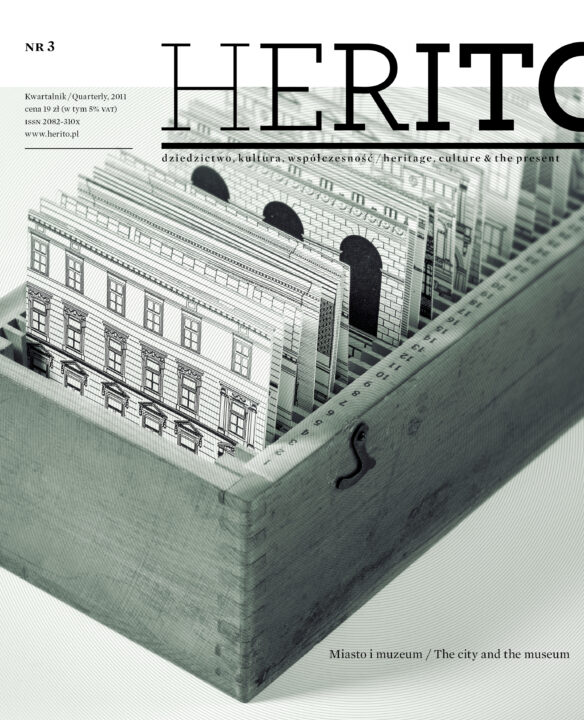
Cities are museums of a sort – as three-dimensional illustrations of history, huge collections, but also treasure chests in which the spirit of the place hides. Unfortunately, the history of our part of the continent has rarely left them intact. Their existence here is a story of ups and downs.
Premiere:2011
The City as a Work of Art
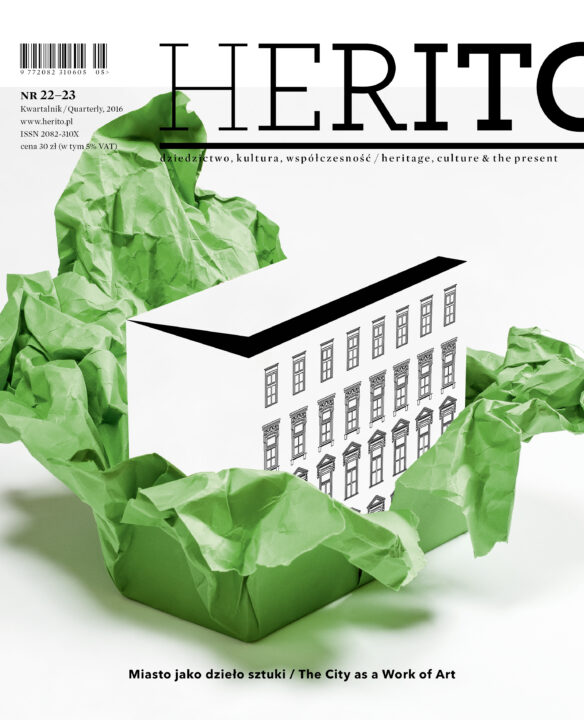
Since the time of Plato and Vitruvius the quest for truth, goodness and beauty has been accompanied by thinking on the ideal layout of the city and composition of its space. It is thus no coincidence that the dream of the ideal city fascinated so many outstanding thinkers and artists of the Italian Renaissance. The goal of achieving harmony and perfection by creating the ideal city plan – stellar, founded on the principles of regular geometricity – has largely, with a few exceptions, remained a utopia.
Premiere:2016
Copyright © Herito 2020
